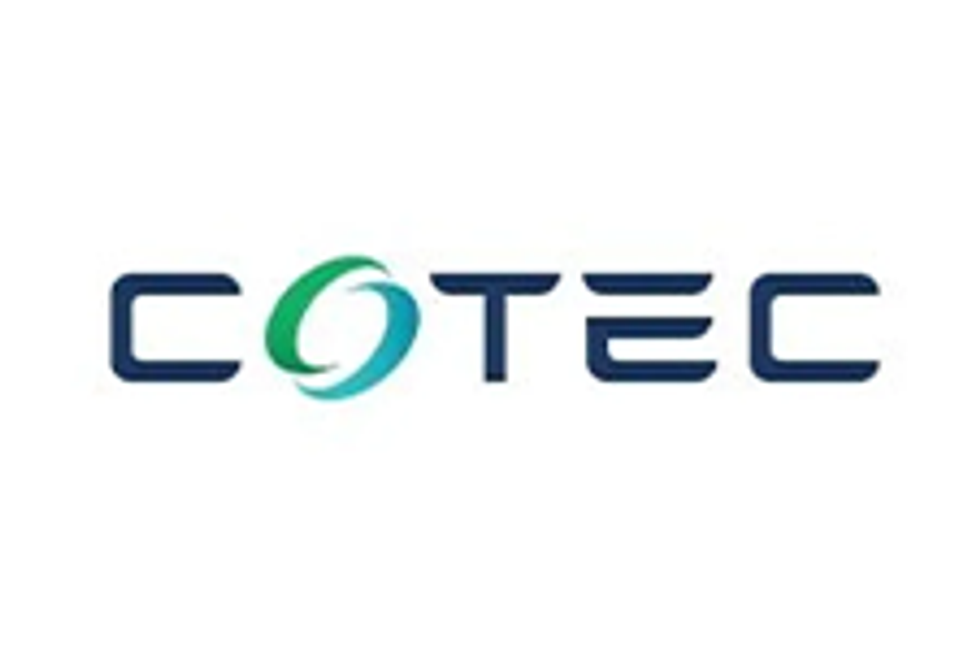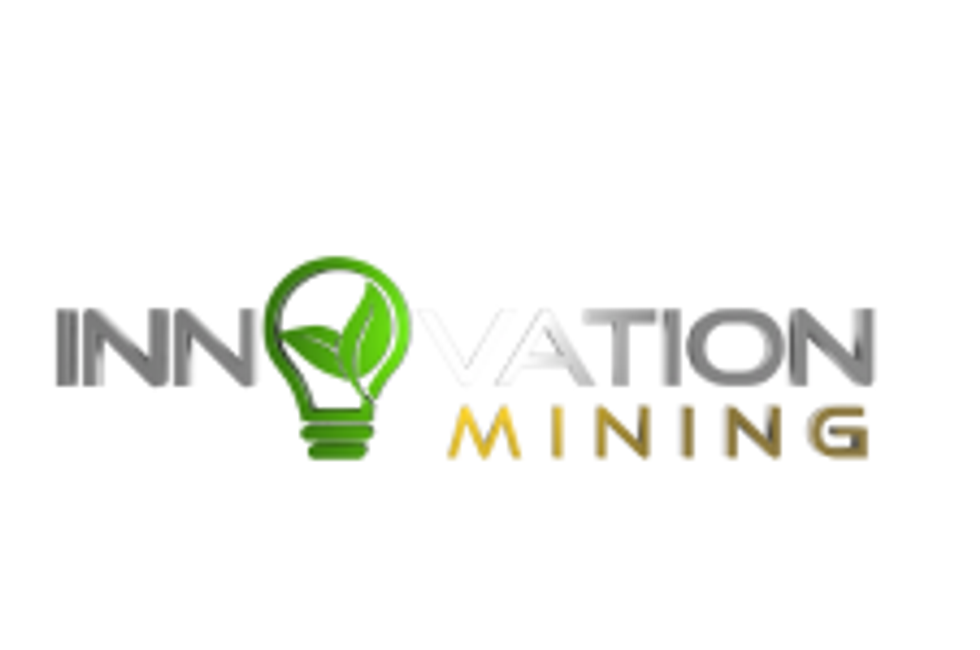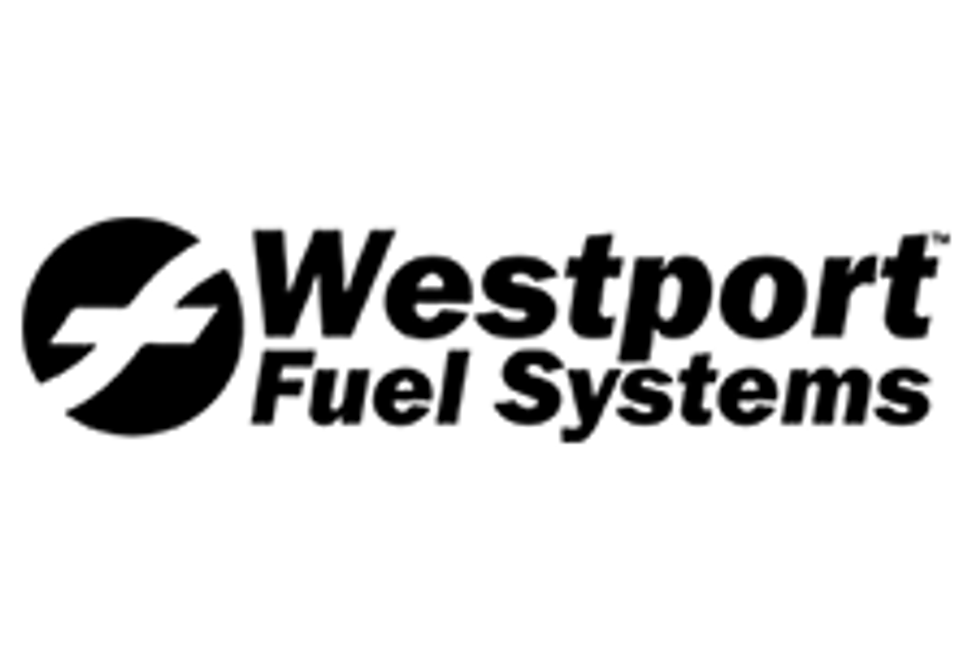Innovations in Silicon Anode Materials: What You Need to Know

Silicon anode batteries are becoming a game changer for lithium-ion batteries, representing a considerable investment opportunity. Understanding the technology is crucial in knowing where to invest.
Silicon anode technology has gained increasing prominence recently for its potential to dramatically influence the trajectory of global electric vehicle (EV) adoption. Although originally cost prohibitive, recent innovations have effectively transformed silicon into a viable, high-capacity and high-performance alternative to graphite.
Consequently, the silicon anode market for lithium-ion batteries is slated to reach US$28.7 billion by 2032, expanding at a compound annual growth rate of 54 percent.
Silicon anode batteries are becoming a game changer for lithium-ion batteries, representing a considerable investment opportunity. Understanding the technology is crucial in knowing where to invest.
Recognizing the power of silicon anodes
Between rapid electrification, advancements in consumer electronics and emerging innovations in sustainability, the demand for battery power has never been greater. Unfortunately, traditional lithium-ion battery technology has hit a stopping point. Graphite-based batteries cannot keep pace with growing performance and capacity requirements.
Part of the problem is that while battery cathodes have evolved significantly, anodes have remained relatively unchanged since the inception of rechargeable battery technology. There are also supply chain issues to consider. China currently accounts for roughly 65 percent of global graphite production.
Here's where silicon comes in. Prior to recent events, battery makers were already using the material in limited quantities to improve graphite anode performance. Fully replacing the latter with the former promises drastic improvements in both capacity and charging times. Compared to graphite, silicon can theoretically store 10 times more capacity and charge at ultra-fast rates of 5 to 15 minutes.
Unfortunately, silicon anode technology is not without its problems. Silicon tends to swell during charging, which results in the fracturing and disintegration of the anode, rendering the component unusable. Resolving this swelling issue or the volume expansion problem is necessary and critical for silicon to be used in commercial-level batteries.
Nano-engineered silicon represents arguably the most compelling solution to the volume expansion problem of silicon anodes. First introduced via a 2008 research paper in Nature Nanotechnology, silicon nanowires are less reactive and far less prone to swelling. Unfortunately, they suffered from a different shortfall — high manufacturing and production costs.
Although silicon is one of the most abundant materials on Earth, nano-engineering tends to be prohibitively expensive. Fortunately, battery materials developers and cell manufacturers have developed a number of innovative solutions to this problem.
It's largely due to these innovations that the silicon anode market is positioned for such rapid expansion — something that will only be further driven by investments in manufacturing capacity.
Market trajectory of silicon anode technology
In October 2022, the US Department of Energy announced US$250 million in combined funding to support Amprius Technologies (NYSE:AMPX), Sila Nanotechnologies and Group14 Technologies in expanding their manufacturing capacity. Later that same year, Group14 raised an additional US$214 million in private investment for the same purpose. As reported by CNBC, all three companies plan to construct gigawatt-hour-scale manufacturing facilities within the next several years.
Several major automotive manufacturers have already seen the writing on the wall.
Mercedes Benz Group (ETR:MBG), for instance, has announced a supply agreement with Sila. Porsche Automobil Holding (ETR:PAH3), meanwhile, is among Group14's investors. Already an early adopter of silicon anodes, in 2021 Tesla (NASDAQ:TSLA) acquired battery startup SilLion Incorporated, which at the time held a patent for a new type of advanced silicon-based anode.
The automotive sector is not the only beneficiary of silicon anode technology. According to a report by Transparency Market Research, portable electronics and grid storage solutions have also played a major role in driving innovation. That same report sheds light on the silicon battery market's current trajectory.
The Asia-Pacific region is projected to hold the largest market share from now through 2032. China represents a particularly relevant market in this region, owing to the rapid growth of its EV market and rising investment in renewable energy. The presence of several major vendors and manufacturers only further increases the country's importance to the battery market.
North America's battery market is also projected to experience considerable growth. With the pursuit of increased manufacturing capacity, companies in the region are exploring a multitude of advanced battery technologies. Surging EV sales are further augmenting market statistics, notes the Transparency report.
Latin America, Africa and the Middle East are also expected to grow, albeit at a far more moderate pace than other regions.
There's something else worth noting with regard to the battery market. Silicon anode adoption is expected to reduce the usage of other battery metals, particularly cobalt, nickel and manganese. Given the often significant environmental impact associated with extracting and processing these materials, this market shift may have a net positive impact on sustainability.
Key players in the silicon anode market
There are several companies that are notably involved in the development and evolution of silicon anode technology.
Amprius Technologies, for example, has developed a process to grow nanowires from the substrate of a battery's metal current collector. In March 2023, the company also reported that it had successfully developed a battery with a record-high energy density of 500 watt-hours per kilogram. That's roughly double the density of current EV batteries.
Group 14 Technologies and Sila Nanotechnologies, meanwhile, are both working to design composite silicon anode materials by nano-engineering the silicon particles into a carbon-based structure. Sila's technique involves the suspension of micrometer-sized nanostructured silicon in a porous scaffold of a different material. Group14 has taken a different approach, creating carbon particles and then infusing them with silicon through chemical vapor deposition.
Group14 also recently partnered with fast-charging battery technology company StoreDot to support the development and launch of its XFC lithium-silicon EV cells.
There's also OneD Battery Sciences, a privately held company partnered with General Motors (NYSE:GM). OneD has expanded on Amprius' nanowire concept by infusing the nanowires into graphite particles. This process, according to the company, costs less than $2 per kilowatt-hour and produces incredibly high-capacity, fast-charging batteries.
NEO Battery Materials (TSXV:NBM) is arguably among the most promising. The Toronto-based company is responsible for a proprietary, low-cost fabrication process known as the one-step manufacturing process. This process has allowed the company to develop a set of silicon anode materials that not only improve cycling stability and lifespan, but also significantly reduce manufacturing costs.
The company’s patented silicon anode technology, called NBMSiDE, utilizes an energy-efficient, one-step nano-coating process to enable ultra-fast charging and increase EV driving range by greater than 20 percent. The manufacturing process is also more than 70 percent cheaper compared to competitors, according to the company. NBMSiDE coats strong, durable nanomaterials on the surface of each silicon particle to effectively resolve the volume expansion problem, enabling reliability and high performance in EV lithium-ion batteries.
Investor takeaway
Silicon anode batteries appear, for all intents and purposes, to be the next major evolution of battery technology. Ongoing research and development promises to accelerate both the distribution and adoption of silicon anodes, which were previously held back by issues of cost and design. The result is a market poised for explosive growth and a flurry of innovative startups — an excellent investment target all around.
This INNSpired article was written as part of an advertising campaign for a company that is no longer a client of INN. This INNSpired article provides information which was sourced by INN, written according to INN's editorial standards, in order to help investors learn more about the company. The company’s campaign fees paid for INN to create and update this INNSpired article. INN does not provide investment advice and the information on this profile should not be considered a recommendation to buy or sell any security. INN does not endorse or recommend the business, products, services or securities of any company profiled. If your company would benefit from being associated with INN's trusted news and education for investors, please contact us.





